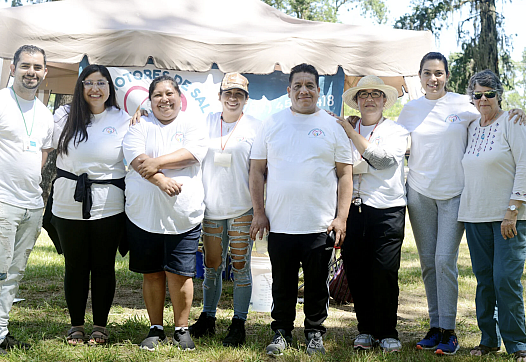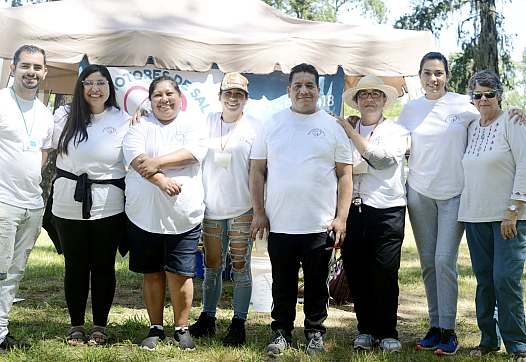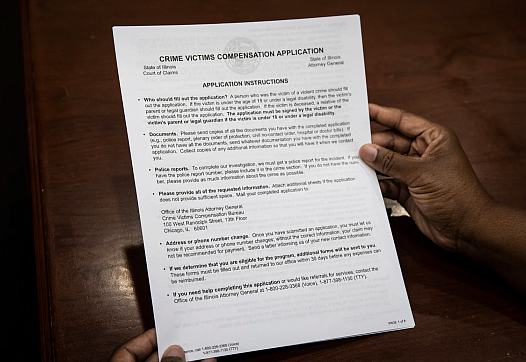This is the second in a series of articles produced by Darlene Donloe, a 2021 California Fellow, on the impact of Alzheimer’s disease on the Black community in Los Angeles.
Healthcare Systems & Policy
We investigated long-term, systemic shortcomings in the Illinois program. Here are some tips to help you do similar reporting in other parts of the country.

Across California, data show that the youngest students have either missed school entirely, or if they did stay enrolled, had online learning experiences that were developmentally inappropriate at worst and challenging at best.

A city program that brought hundreds of hand-washing stations and portable toilets to the doorstep of dozens of encampments during the height of the pandemic comes to an abrupt end.

This story is part of a larger story led by Dana Ullman, a 2021 California Fellow who is reporting on disparities in the quality and access to health care for Latino and Indigenous peoples in Mendocino County. ...

The promotores already have the trust of their communities, filling gaps in public health information through translation, providing COVID-19 testing, referrals for vaccinations, and responding to the direct needs of their community with cultural understanding.

A review of thousands of records showed the state program struggles to reach survivors in need, and paid out claims in less than half of all cases.

The state's Crime Victim Compensation Program reimburses victims of violent crime for costs related to injury and loss.

For years, East Oakland residents were told the air they breathe is safe. New data suggests that’s not actually the case.

This story is part of a larger story led by Dana Ullman, a 2021 California Fellow who is reporting on disparities in the quality and access to health care for Latino and Indigenous peoples in Mendocino County.
